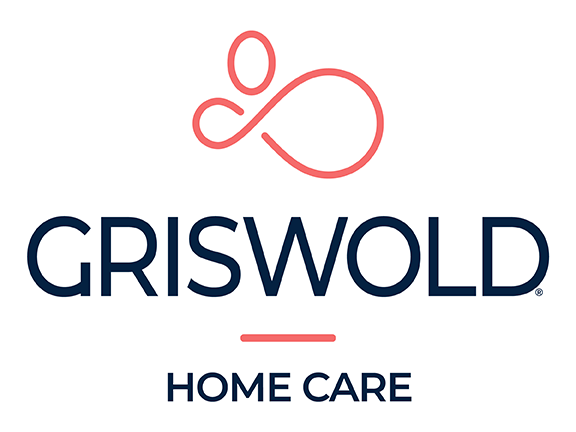Stroke is one of the most dangerous killers in the United States, responsible for one out of every 18 deaths. Our risk of suffering a stroke increases as we age — about 65 percent of people hospitalized for stroke are age 65 or over.
Some risk factors for stroke are hereditary and can’t be controlled. But many risk factors are due to lifestyle choices we make every day. Changes to your daily habits can drastically reduce your risk of of having a stroke.
As May is Stroke Awareness Month, it’s a great time to talk about lifestyle risk factors. Work to change these, and increase your odds of living longer!
High blood pressure: If your blood pressure is 140/90 or higher, you’re at risk of a stroke. Blood pressure is the most important controllable risk factor for stroke, as it can damage blood vessels that supply blood to the brain. According to the Centers for Disease Control and Prevention (CDC), reducing the systolic blood pressure (the top number) by 12 to 13 points can decrease the risk of stroke by 37 percent. Blood pressure can be reduced by diet, exercise, and medication. Talk to your doctor about the best plan for you.
Heart disease: Heart disease is the second most important risk factor for stroke. You can reduce your risk of heart disease by controlling your blood pressure, exercising, eating a healthy diet (lots of fruits, vegetables and whole grains, little red meat, processed foods, and fats), maintaining a healthy weight, and not smoking.
High cholesterol: Make sure to get your cholesterol checked regularly. If it’s high, talk to your doctor about how best to control it. You can reduce your “bad” or LDL cholesterol by eating a healthy diet, eating low-fat foods (especially avoiding those high in saturated fat), adding fiber to your diet, and using certain medications.
Atrial fibrillation: Atrial fibrillation (AF) is a type of irregular heartbeat that makes it five times more likely that a person will have a stroke. Many people have AF without realizing it. The National Stroke Association suggests using a self-administered Check Your Pulse test once a month to check for an irregular heart rhythm, which is a sign of possible AF.
Atherosclerosis: Atherosclerosis is the buildup of plaque (fatty deposits and other cells) in the walls of the arteries. It can block blood flow to the brain or other parts of the body, making stroke more likely. Exercise and a healthy, low-fat, fiber-rich diet can help treat atherosclerosis. Atherosclerosis can only be detected by a doctor, so visit yours regularly.
Circulation problems: Poor circulation caused by atherosclerosis or other diseases like sickle cell disease and severe anemia, left untreated, can increase the risk of stroke. Ask your healthcare professional if you have circulation problems that could increase your risk of stroke.
Diabetes: People with diabetes are about four times as likely to have a stroke as someone who does not have the disease. Diabetes is associated with high blood pressure, heart attack and atrial fibrillation, and high cholesterol, all of which increase the risk of stroke. Type I diabetes can be controlled by monitoring blood sugar and taking insulin. Type II diabetes can frequently be controlled through weight loss, exercise, and diet changes.
Tobacco use: Smoking is a leading cause of heart disease and stroke. It causes injury to blood vessels and speeds up the hardening of arteries, as well as reducing the amount of oxygen that your blood can carry. Talk with your healthcare provider about the aides to quit smoking that are available.
Alcohol use: Drinking too much alcohol raises your blood pressure and increases a form of cholesterol called triglycerides, which can harden your arteries. Keep your alcohol consumption moderate to help lower your risk.
Obesity: Excessive weight puts a strain on your circulatory system, and makes high cholesterol, high blood pressure, and diabetes (all of which can increase your risk of stroke) more likely. Maintain a healthy weight through diet and physical activity.
Anyone who has ever tried to make a change like losing weight or not smoking knows how difficult it is to change habitual behaviors. Making a lasting change is never simple and usually involves a making series of small steps to reach the goal. If you learn about the process of change and find a coach or team of supporters to work with you, the process will be easier.
The possibility of having a stroke is frightening but that alone will probably not be enough to sustain your motivation to change. If you are open to considering a change in any of these preventable risk factors, here are some online resources to learn more about stroke and how to prevent one. Talk with your healthcare provider about ways to find a coach and get started.
For more information about strokes and stroke prevention, visit the links below.
The National Stroke Association
